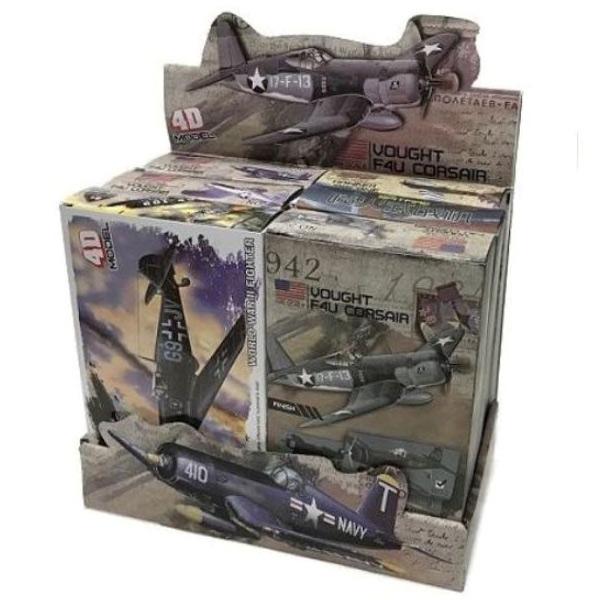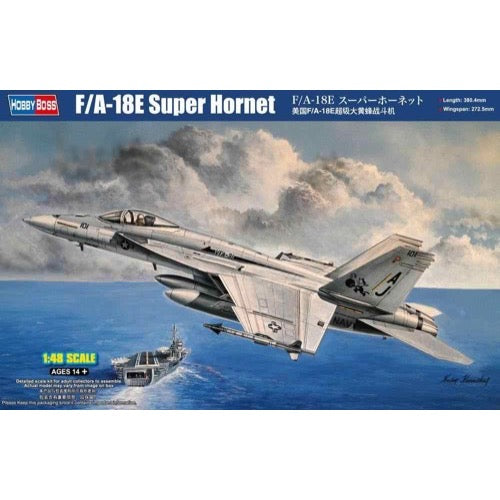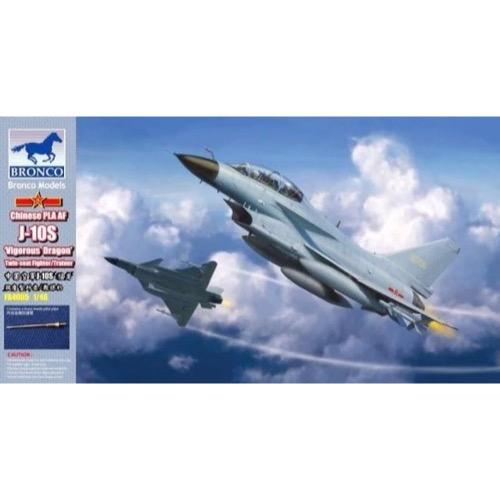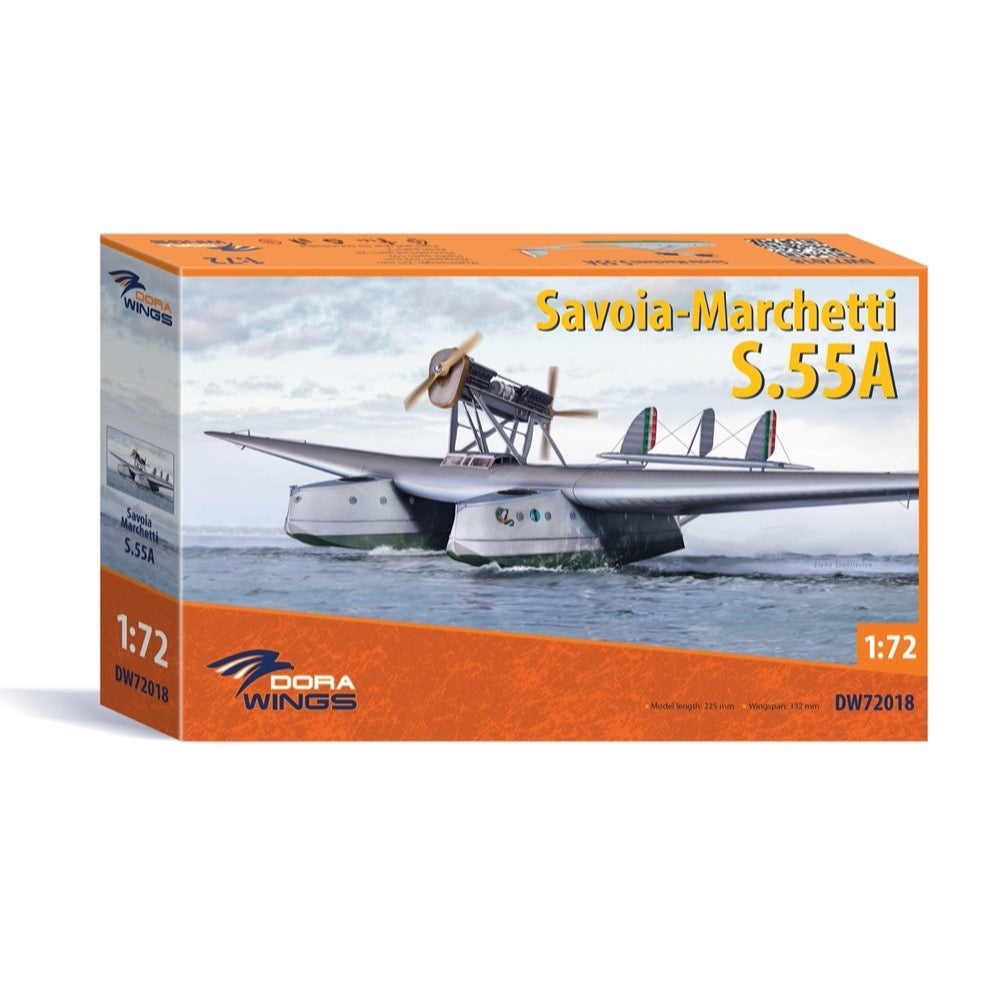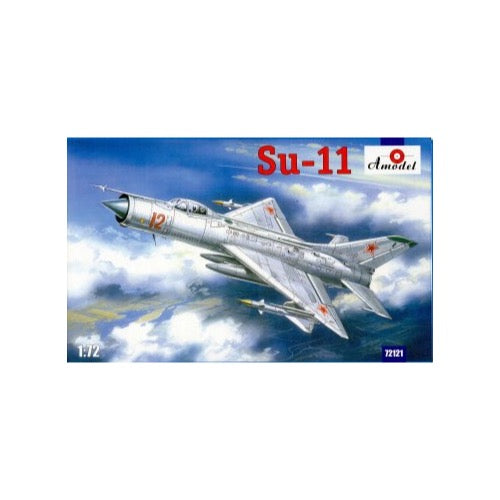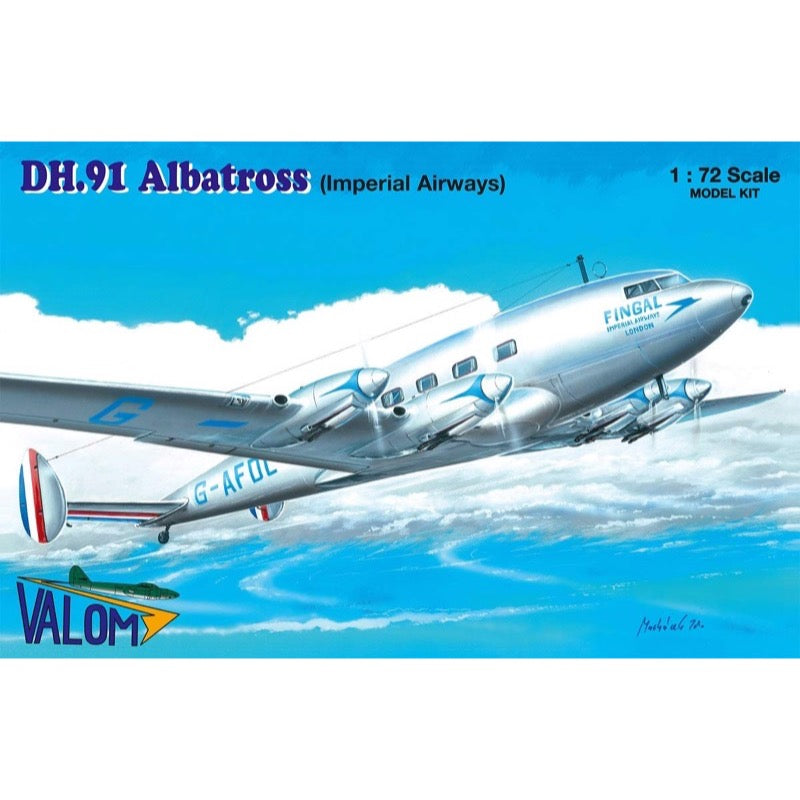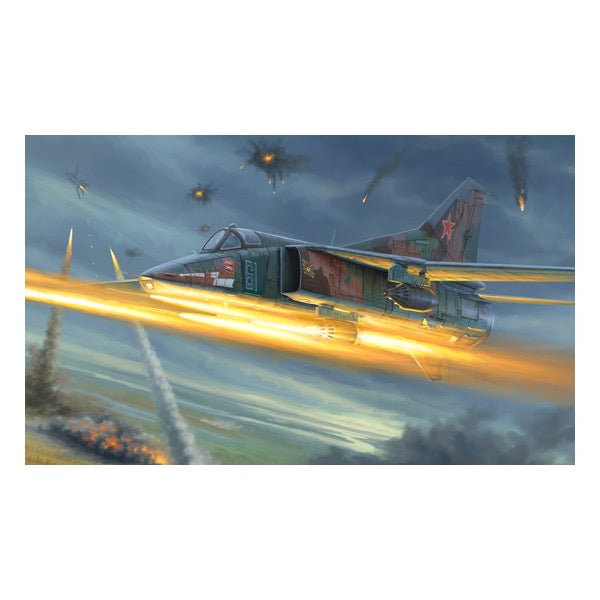
Trumpeter 05803 1/48 Mig-27M Flogger J 17
37.00
$
<p>NATO reporting name: Flogger-J. This model was a cheaper variant than the MiG-27K, but much better than the MiG-23B, MiG-23BN, and MiG-27 (MiG-23BM), with the electro-optical and radio-frequency heads above the glove pylons deleted. It was first armed with the GSh-6-23M Gatling gun, but this was later replaced by a new 30 mm GSh-6-30 six-barrel cannon with 260 rounds of ammunition in a fuselage gondola. It also received much-improved electronic countermeasure (ECM) systems, and a new PrNK-23K nav/attack system providing automatic flight control, gun firing, and weapons release. However, this modification was not very successful because of the heavy recoil from the new cannon, and bursts longer than two or three seconds often led to permanent damage to the airframe. A total of 200 MiG-27Ms were built from 1978 to 1983, plus 160 for India, and it is currently in service with the Sri Lanka Air Force.</p>
<h3>Features</h3>
<ul>
<li>Detailed fuselage w/accurate design</li>
<li>Canopy made from clear parts</li>
<li>Wing sweep can be varied</li>
<li>Optional position flaps</li>
<li>plenty of external loads</li>
<li>Finely detailed cockpit,gear cabin,</li>
<li>crew seats with photo-etched seat belts and harnesses.</li>
</ul>
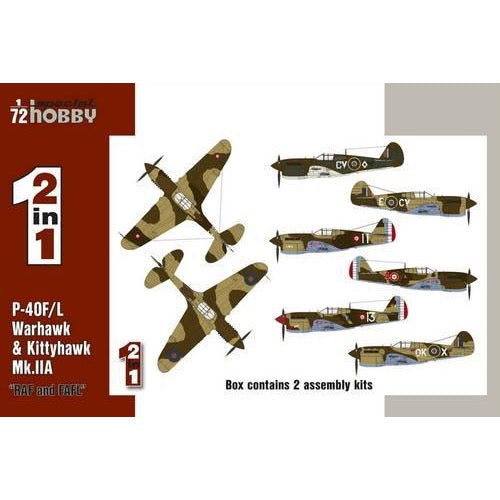
Special Hobby SH72211 2in1 Kit P-40F/L and Kittyhawk Mk.IIA RAF
25.00
$
<p>Limited reissue of the Special Hobby 1/72 P-40F/L in a two-kit box set with markings for two Royal Australian Air Force Kittyhawk IIa aircraft, one RAF Kittyhawk IIa (but an Australian unit) and three Free French P-40F Warhawks. Includes PE detail parts. For marking details please see box image above.</p>
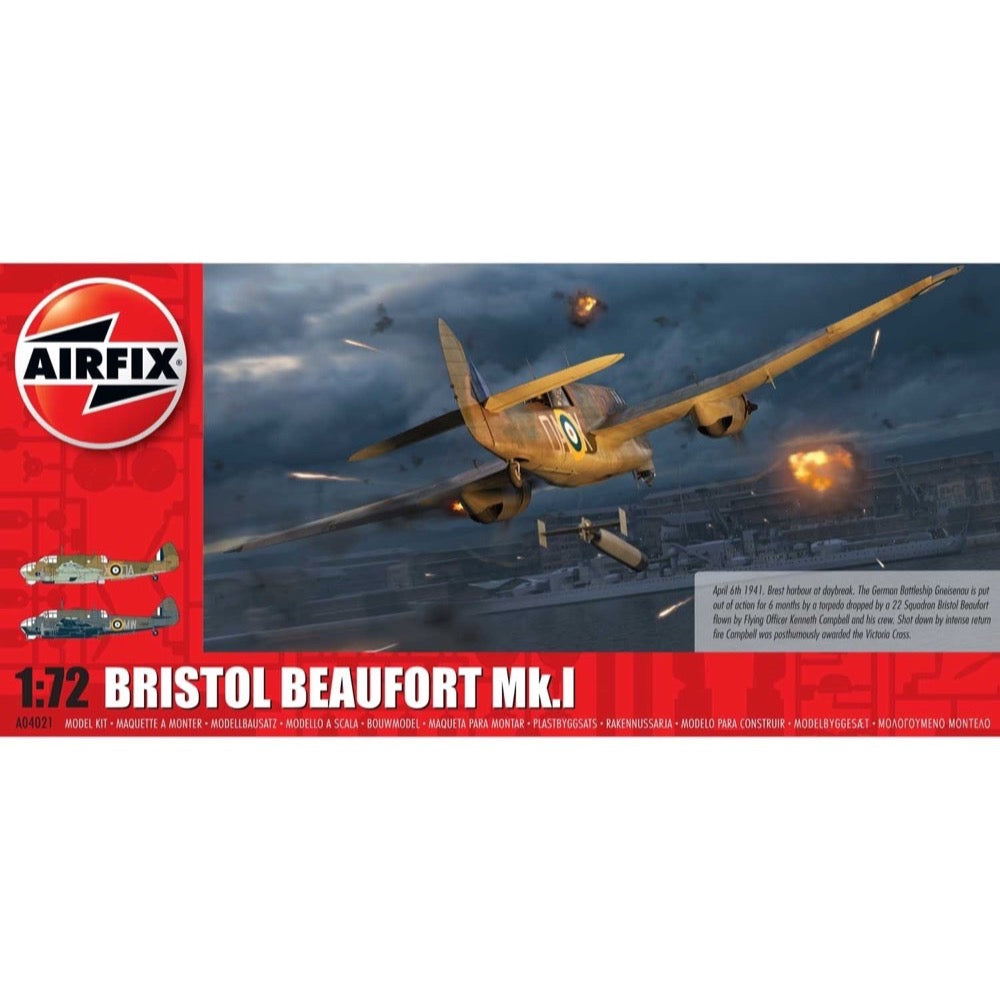
Airfix A04021 1/72 Bristol Beaufort Mk.1
19.00
$
<h3>Bristol Beaufort Mk.1</h3>
<p>Entering Royal Air Force service with No.22 Squadron Coastal Command in January 1940, the Beaufort proved to be a rugged and highly manoeuvrable aircraft. The 700 Beauforts produced in Australia were regarded as some of the most reliable Allied aircraft to operate in these often demanding environments and were well-liked by both air and ground crews.</p>
<ul>
<li>1:72 Scale</li>
<li>Highly Detailed Model</li>
</ul>
<p>The second in a successful trio of twin engined aircraft designed by the Bristol Aeroplane Company during the 1930s, the Beaufort is significant as the only monoplane produced for the Royal Air Force designed from the outset as a torpedo bomber and reconnaissance platform. Developed from the Blenheim light bomber, the Beaufort was ordered off the drawing board by the Air Ministry, a move which showed great faith in the Bristol Company whilst illustrating the RAF's urgent need for an effective torpedo bomber at the same time.</p>
<p>Although initially intended as an evolutionary adaptation of the existing Blenheim bomber, it quickly became apparent that the new aircraft would look significantly different from its predecessor, with a much deeper front fuselage section housing a crew of four and the ability to carry a torpedo in a semi-recessed configuration. These modifications resulted in a gross weight increase of around 25% over that of the Blenheim and would require the installation of more powerful engines, if the new aircraft was not to suffer a significant performance reduction indeed, the new engines for the aircraft, combined with the existing production commitments for the Blenheim would cause lengthy delays during the Beauforts development. With the initial contract placed in August 1936, despite the pressing need for the new aircraft, it would be more than two years before the prototype Beaufort took to the air.</p>
<p>Entering Royal Air Force service with No.22 Squadron Coastal Command in January 1940, the Beaufort proved to be a rugged and highly manoeuvrable aircraft, although the engines continued to be something of a problem. Initially employed laying mines in enemy waters, Beauforts would later mount attacks against the German battleships Scharnhorst and Gneisenau and the heavy cruiser Prinz Eugen. However, in the European theatre, the aircraft would operate in the main as a medium bomber. In the Mediterranean, Beauforts operating from Egypt and Malta would take a terrible toll of Axis shipping and during a concerted onslaught from the middle of 1942, would make a significant contribution in denying Rommels Afrika Korps the vital supplies they needed to continue fighting the desert war. Due to the weight of the aircraft, a steep diving approach was not suitable for the Beaufort and a torpedo attack run needed to commence at a relatively low, flat attitude and quite some way from the target, if the torpedo release was to be successful and not hit the water ineffectively at a steep angle.</p>
<p>This made the aircraft vulnerable to accurate defensive fire, yet Beaufort pilots were brave and aggressive in their flying, using the excellent manoeuvrability of the aircraft to make the enemy gunners job much more difficult. Further afield, Beauforts of the Royal Australian Air Force would also prove extremely effective in the South-West Pacific, taking a heavy toll of Japanese shipping and posting an impressive operational record in the process.</p>
<p>Also employed in bombing, reconnaissance, convoy protection and troop resupply duties, the 700 Beauforts produced in Australia were regarded as some of the most reliable Allied aircraft to operate in these often demanding environments and were well-liked by both air and ground crews. Eventually equipping 19 RAAF Squadrons, the Beaufort was described as being perhaps the most important Allied aircraft in defeating Japanese forces in the South West Pacific region, which is some accolade for an aircraft whose contribution has largely been overlooked in the years since the end of WWII.</p>
<h4>Includes</h4>
<ul>
<li>Sprues</li>
<li>Decals</li>
</ul>
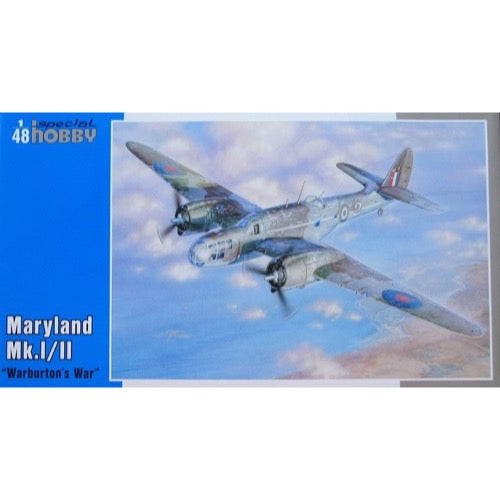
Special Hobby SH48077 1/48 Maryland Mk.I/II Warburtons War*
33.00
$
The designation Maryland Mk I was given to the 75 aircraft taken over from the French order. The engines were changed from the Cyclone 9s used on the French aircraft to single-stage supercharged Pratt & Whitney “Twin Wasps”<br><br>The Maryland Mk II was powered by a Pratt & Whitney R-1830-S1C3-G “Twin Wasp” two stage supercharged engine. This greatly improved the performance of the aircraft, lifting its top speed over 300mph. 150 Maryland Mk IIs were produced for the RAF, bringing the total of British service to 225.


